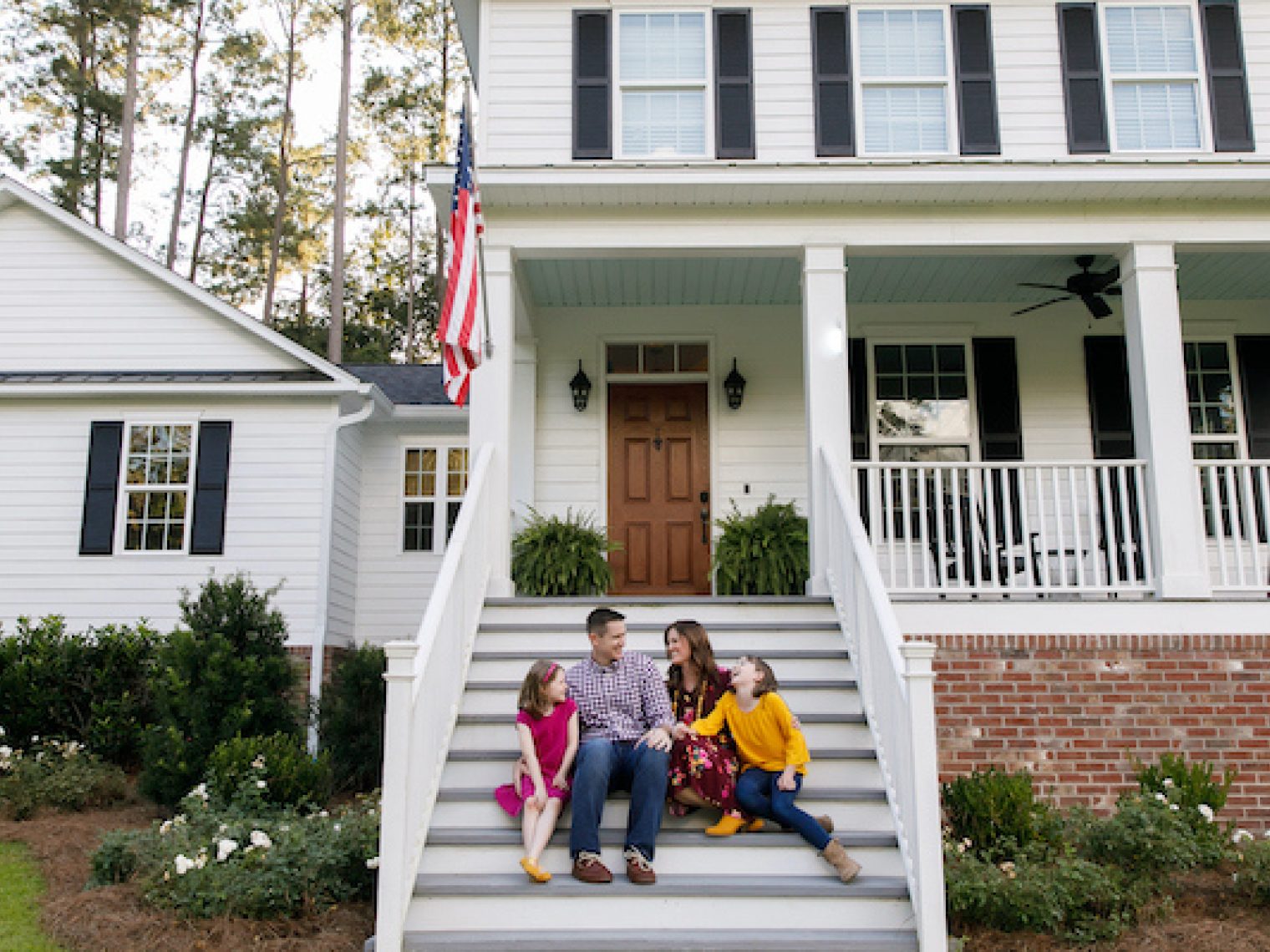VA home loans are low-cost, flexible and borrower-friendly. And they’re soaring in popularity.
It's no wonder that eager sellers want to tap into the VA buyer market. What’s the first step toward that goal? Ensuring that properties meet VA appraisal guidelines.
In truth, whether or not homes meet guidelines is often a hard determination to make. VA appraisal guidelines leave much to the individual appraiser’s interpretations of what is “safe, structurally sound and sanitary,” since VA loans must meet certain minimum property requirements.
With that added veil of VA vagueness, how can sellers ensure that their homes are VA loan compliant? Let’s start with a look at how VA appraisers will evaluate four of a home’s major features.
Is My Roof VA Compliant?
VA appraisers are not required to climb onto the roof. They’re not asked to examine every shingle or roof joint.
Instead, the VA simply asks its appraisers to estimate (from the ground) whether the roof has an “adequate remaining life.” That’s a judgment call to be made by the VA appraiser. Obvious problems like torn shingles, missing shingles, leaks, or gaping holes will probably necessitate repair or replacement.
TIP: Prior to selling, do a visual inspection of your roof. Are there noticeable sags, ripped shingles or bulging seams? If so, any appraiser (VA, FHA or conventional) will probably demand repair or replacement.
Is My Paint VA Compliant?
Pre-1978 homes are more likely than newer homes to contain lead-based paint. Chipping, cracking, peeling or flaking paint in a pre-1978 home is a mandatory safety concern, and must be repaired prior to VA loan approval.
TIP: When selling an older home, check both the interior and exterior for chipped or cracked paint. Scrape and repaint problematic surfaces to bring your home up to VA appraisal standards.
Are My Handrails VA Compliant?
Handrails and deck railings are fairly standard safety features. But how high should a deck railing be? How many stairs necessitate a handrail?
The VA Lender’s Handbook doesn’t provide specifics. Rather, the VA allows each appraiser to determine if a stairway or deck-related safety threat exists.
In most parts of the country, VA appraisers defer to local building codes when evaluating stair and deck safety. Others will have their own standards for rail safety. Generally speaking, most stairways should be accompanied by a sturdy handrail, and decks should be guarded with a reasonably-high rail.
TIP: If you suspect your handrails or deck railing will be a safety concern, get a copy of local building codes from your office of planning and development. If your property is not covered by local building codes, review the CABO Dwelling Code for applicable guidelines.
What About Water Damage?
Water: It seems like such a friendly little thing. But when uncontrolled, water can pose a huge threat to a home’s major systems.
Rest assured that VA appraisers will be on the hunt for water damage. If discovered, any of these issues could necessitate repair:
- Rot
- Excessive dampness or pooling of water in the crawl space or basement
- Poor site drainage
- Faulty gutters
TIP: Whether you’re selling or not, it’s always smart to keep water out of your home. To keep a home accessible to VA buyers, you’ll need to re-direct water away from your home and repair any water-related damage.
Related Posts
-
 VA Loan Down Payment RequirementsVA loans have no down payment requirements as long as the Veteran has full entitlement, but only 3-in-10 Veterans know they can buy a home loan with zero down payment. Here’s what Veterans need to know about VA loan down payment requirements.
VA Loan Down Payment RequirementsVA loans have no down payment requirements as long as the Veteran has full entitlement, but only 3-in-10 Veterans know they can buy a home loan with zero down payment. Here’s what Veterans need to know about VA loan down payment requirements. -
 5 Most Common VA Loan Myths BustedVA loan myths confuse and deter many VA loan borrowers. Here we debunk 5 of the most common VA loan myths so that you can borrow with confidence.
5 Most Common VA Loan Myths BustedVA loan myths confuse and deter many VA loan borrowers. Here we debunk 5 of the most common VA loan myths so that you can borrow with confidence.
